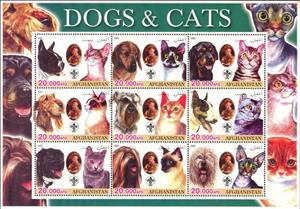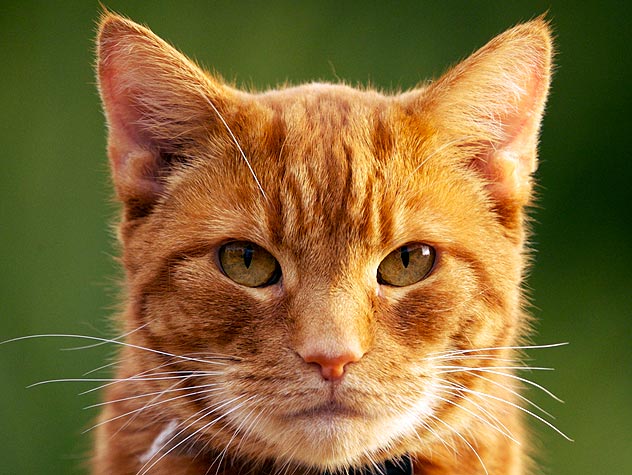Mini Sheet: Dogs & Cats (Afghanistan 2003)
Dogs & Cats (Afghanistan 2003)
01 January (Afghanistan ) within release Dogs and Cats (2003) goes into circulation Mini Sheet Dogs & Cats face value 9*20000 Afghan afghani
Mini Sheet is square format.
This mini sheet is verified on the Scouts on Stamps Society website as being illegal. Produced by the British counterfeit producer and still being distributed by associated counterfeit stamp dealers to this day. Avoid sellers of these!Also in the issue Dogs and Cats (2003):
- Mini Sheet - Dogs & Cats face value 9*20000;
- Souvenir Sheet - Dogs & Cats face value 100,000;
- Mini Sheet - Dogs & Cats face value 9*20000;
- Souvenir Sheet - Dogs & Cats face value 100,000;
|
Data entry completed
53%
|
|
|---|---|
| Mini Sheet Dogs & Cats in digits | |
| Country: | Afghanistan |
| Date: | 2003-01-01 |
| Print: | Offset lithography |
| Emission: | Illegal |
| Format: | Mini Sheet |
| Face Value: | 9*20000 Afghan afghani |
Mini Sheet Dogs & Cats it reflects the thematic directions:
Animals are multicellular, eukaryotic organisms of the kingdom Animalia (also called Metazoa). All animals are motile, meaning they can move spontaneously and independently, at some point in their lives. Their body plan eventually becomes fixed as they develop, although some undergo a process of metamorphosis later on in their lives. All animals are heterotrophs: they must ingest other organisms or their products for sustenance.
The domestic cat (Latin: Felis catus) is a small, typically furry, carnivorous mammal. They are often called house cats when kept as indoor pets or simply cats when there is no need to distinguish them from other felids and felines. Cats are often valued by humans for companionship and for their ability to hunt vermin. There are more than 70 cat breeds, though different associations proclaim different numbers according to their standards.
Cats are similar in anatomy to the other felids, with a strong flexible body, quick reflexes, sharp retractable claws, and teeth adapted to killing small prey. Cat senses fit a crepuscular and predatory ecological niche. Cats can hear sounds too faint or too high in frequency for human ears, such as those made by mice and other small animals. They can see in near darkness. Like most other mammals, cats have poorer color vision and a better sense of smell than humans. Cats, despite being solitary hunters, are a social species and cat communication includes the use of a variety of vocalizations (mewing, purring, trilling, hissing, growling, and grunting), as well as cat pheromones and types of cat-specific body language.
The domestic dog (Canis lupus familiaris or Canis familiaris) is a member of genus Canis (canines) that forms part of the wolf-like canids, and is the most widely abundant carnivore. The dog and the extant gray wolf are sister taxa, with modern wolves not closely related to the wolves that were first domesticated. The dog was the first domesticated species and has been selectively bred over millennia for various behaviors, sensory capabilities, and physical attributes. Their long association with humans has led dogs to be uniquely attuned to human behavior and they are able to thrive on a starch-rich diet that would be inadequate for other canid species. Dogs vary widely in shape, size and colours. Dogs perform many roles for people, such as hunting, herding, pulling loads, protection, assisting police and military, companionship and, more recently, aiding handicapped individuals. This influence on human society has given them the sobriquet "man's best friend".
Scouting, also known as the Scout Movement, is a worldwide youth social movement employing the Scout method. It is a program of informal education with an emphasis on practical outdoor activities, including camping, woodcraft, aquatics, hiking, backpacking, and sports. Another widely recognized movement characteristic is the Scout uniform, by intent hiding all differences of social standing in a country and encouraging equality, with neckerchief and campaign hat or comparable headwear. Distinctive uniform insignia include the fleur-de-lis and the trefoil, as well as merit badges and other patches.




